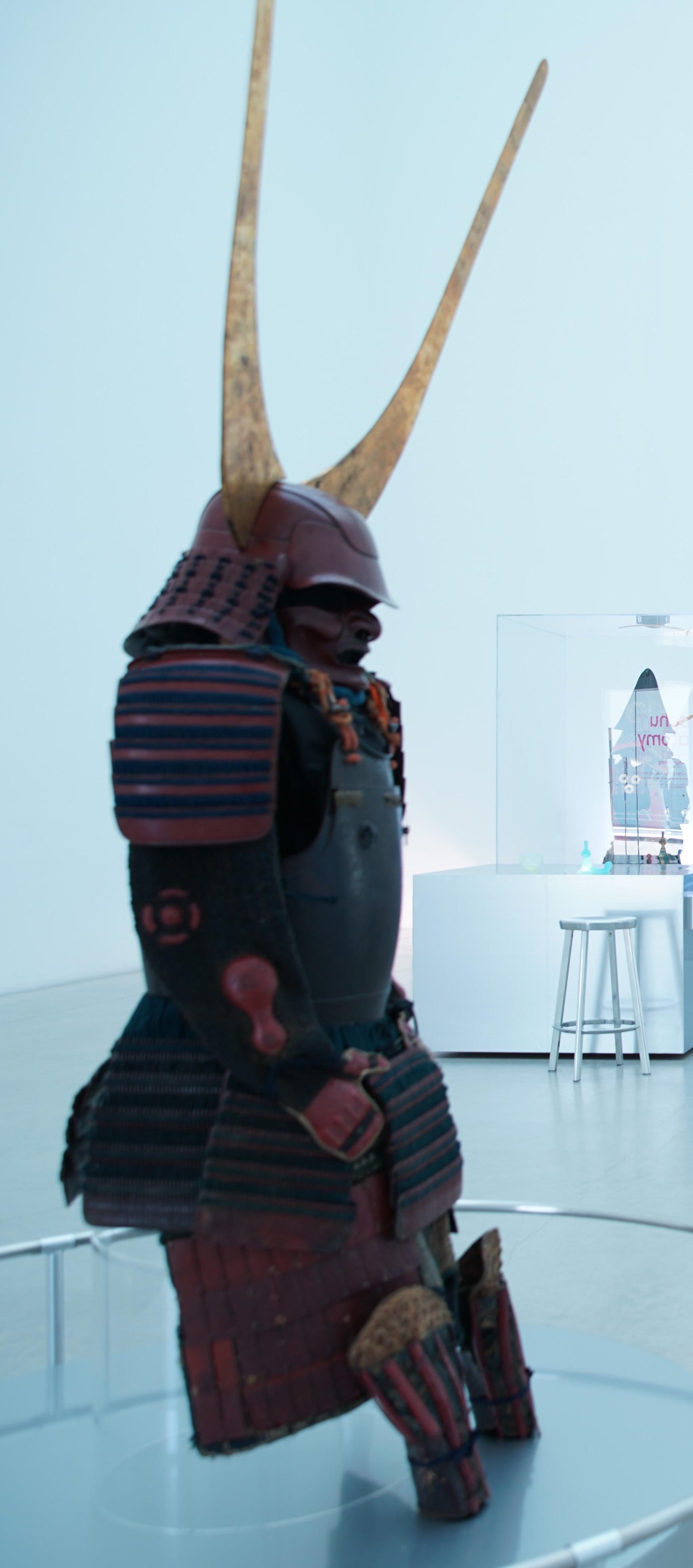
1 minute read
Envisioning the Future of the 21st Century Museum of Contemporary Art, Kanazawa
Weasked Hasegawa about the concept of the 21st Century Museum of Contemporary Art, Kanazawa, where she serves as director.
“I placed much importance on barrier-free accessibility and hospitality. We created independent rooms of varying proportions on the ground floor, and they are designed in such a way that allows the visitor to spend time smoothly across these spaces.”
Advertisement
Since contemporary art often uses diverse elements, such as painting, video recordings, sounds, and smells, independent exhibition spaces enable the artists to express themselves freely. Traditional museums, for security reasons, often have a solemn atmosphere, with only one point of entry or exit, where visitors would climb a set of stairs to enter the exhibition. Hasegawa broke away from these conventional settings and installed glass walls on the whole structure, enabling visitors to gaze out over the surrounding city.
“Our aim was to create an ‘open museum’ that interacted and breathed with the city that it’s a part of. Also, we wanted it to be a space where not only the artworks but also the people inside the museum look beautiful—a place to celebrate life.”
Inside the museum, there is a public space in the form of a wide corridor, about twice the size of an exhibition room. Visitors can enjoy the view of the courtyard while reminiscing on the artworks they saw, or talking with each other. Hasegawa believes that the contrast between tension and relaxation, between the moments when people are viewing an artwork and the rest of the time, can stimulate their sensibilities and thinking.
At the end, we asked Hasegawa about the future she envisions for the 21st Century Museum of Contemporary Art, Kanazawa.
“We recently organised ‘Kacchu Anatomy: The Aesthetics of Design and Engineering,’ in which contemporary artists designed an exhibition of traditional Japanese armour, under the theme of ‘Encountering History, Imagining the Future’. For the second project, we are working on DX (digital transformation). We are interested in what kind of new creations and sensations become possible when we utilise technology. The third project is about new ecology. It’s not only concerned about the natural environment, but about how art and museums can play an active part in the ecosystem, as well as incorporate the ecosystem in a stimulating manner in their work. Our theme for 2024 is to think about those ideas related to mutual cooperation.”







